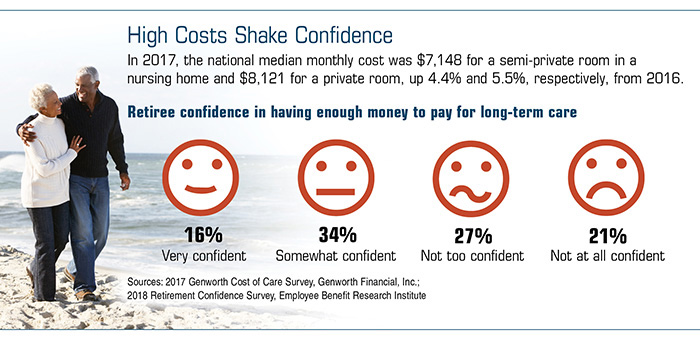Pacific Prime - Questions
Pacific Prime - Questions
Blog Article
More About Pacific Prime
Table of ContentsMore About Pacific PrimeLittle Known Questions About Pacific Prime.Get This Report on Pacific PrimeThe Of Pacific PrimeNot known Details About Pacific Prime

This is due to the fact that the data were collected for a duration of strong financial efficiency. Of the approximated 42 million people that were without insurance, almost about 420,000 (about 1 percent) were under 65 years of age, the age at which most Americans come to be qualified for Medicare; 32 million were adults in between ages 18 and 65, about 19 percent of all adults in this age; and 10 million were kids under 18 years of age, about 13.9 percent of all children (Mills, 2000).
These price quotes of the variety of individuals without insurance are produced from the annual March Supplement to the Existing Population Survey (CPS), conducted by the Census Bureau. Unless otherwise noted, national price quotes of individuals without medical insurance and percentages of the population with various type of coverage are based on the CPS, one of the most commonly used resource of price quotes of insurance protection and uninsurance rates.
Pacific Prime Can Be Fun For Anyone

Still, the CPS is specifically useful due to the fact that it creates yearly quotes relatively rapidly, reporting the previous year's insurance protection approximates each September, and since it is the basis for a regular collection of estimates for greater than twenty years, permitting for analysis of fads in insurance coverage in time. For these factors, as well as the comprehensive use of the CPS in other studies of insurance policy coverage that exist in this record, we depend on CPS estimates, with restrictions noted.

The quote of the variety of uninsured people expands when a population's insurance coverage status is tracked for several years. Over a three-year period starting early in 1993, 72 million individuals, 29 percent of the united state population, lacked insurance coverage for at the very least one month. Within a solitary year (1994 ), 53 million individuals experienced a minimum of a month without coverage (Bennefield, 1998a)
Six out of every 10 uninsured grownups are themselves used. Although functioning does boost the possibility that and one's relative will have insurance coverage, it is not an assurance. Even participants of households with 2 full-time wage income earners have almost a one-in-ten chance of being without insurance (9.1 percent without insurance rate) (Hoffman and Pohl, 2000).
The Only Guide for Pacific Prime
New immigrants account for a significant proportion of people without health insurance. One evaluation has actually associated a considerable portion of the recent growth in the size of the U.S. without insurance populace to immigrants that arrived in the nation in between 1994 and 1998 (Camarota and Edwards, 2000). Recent immigrants (those that involved the USA within the past 4 years) do have a high price of being without insurance (46 percent), yet they and their youngsters represent just 6 percent of those without insurance country wide (Holahan et al., 2001).
The partnership in between medical insurance and accessibility to care is well developed, as recorded later on in this phase. Although the relationship between health and wellness insurance and health results is neither straight nor basic, an extensive professional and wellness solutions research literary works links medical insurance coverage to better accessibility to care, much better top quality, and enhanced personal and population wellness status.
Degrees of evaluation for taking a look at the impacts of uninsurance. This discussion of wellness insurance protection concentrates primarily on the united state populace under age 65 because essentially all Americans 65 and older have Medicare or various other public insurance coverage. Moreover, it concentrates especially on those without any type of medical insurance for any size of time.
The smart Trick of Pacific Prime That Nobody is Talking About
The troubles faced by the article source underinsured remain in some aspects comparable to those faced by the without insurance, although they are generally much less serious. global health insurance. Uninsurance and underinsurance, however, entail clearly different plan issues, and the methods for resolving them may differ. Throughout this research and the five reports to adhere to, the major focus is on persons with no medical insurance and thus no aid in spending for wellness care past what is offered through charity and safeguard establishments
Medical insurance is a powerful variable affecting invoice of care since both individuals and physicians reply to the out-of-pocket price of solutions - https://hearthis.at/freddy-smith-k8/set/pacific-prime/. Health insurance coverage, however, is neither required nor adequate to access to medical services. Nevertheless, the independent and straight effect of health and wellness insurance coverage on access to health solutions is well established.
Others will acquire the healthcare they need even without medical insurance, by spending for it expense or seeking it from service providers that offer care totally free or at highly subsidized rates. For still others, medical insurance alone does not make sure invoice of treatment due to the fact that of other nonfinancial obstacles, such as an absence of health and wellness treatment providers in their area, limited access to transport, illiteracy, or linguistic and cultural differences.
The 7-Minute Rule for Pacific Prime
Official study concerning uninsured populaces in the United States dates to the late 1920s and early 1930s when the Committee on the Cost of Medical Treatment produced a series of reports regarding funding doctor workplace visits and hospital stays. This concern became prominent as the numbers of medically indigent climbed up throughout the Great Depression.
Report this page